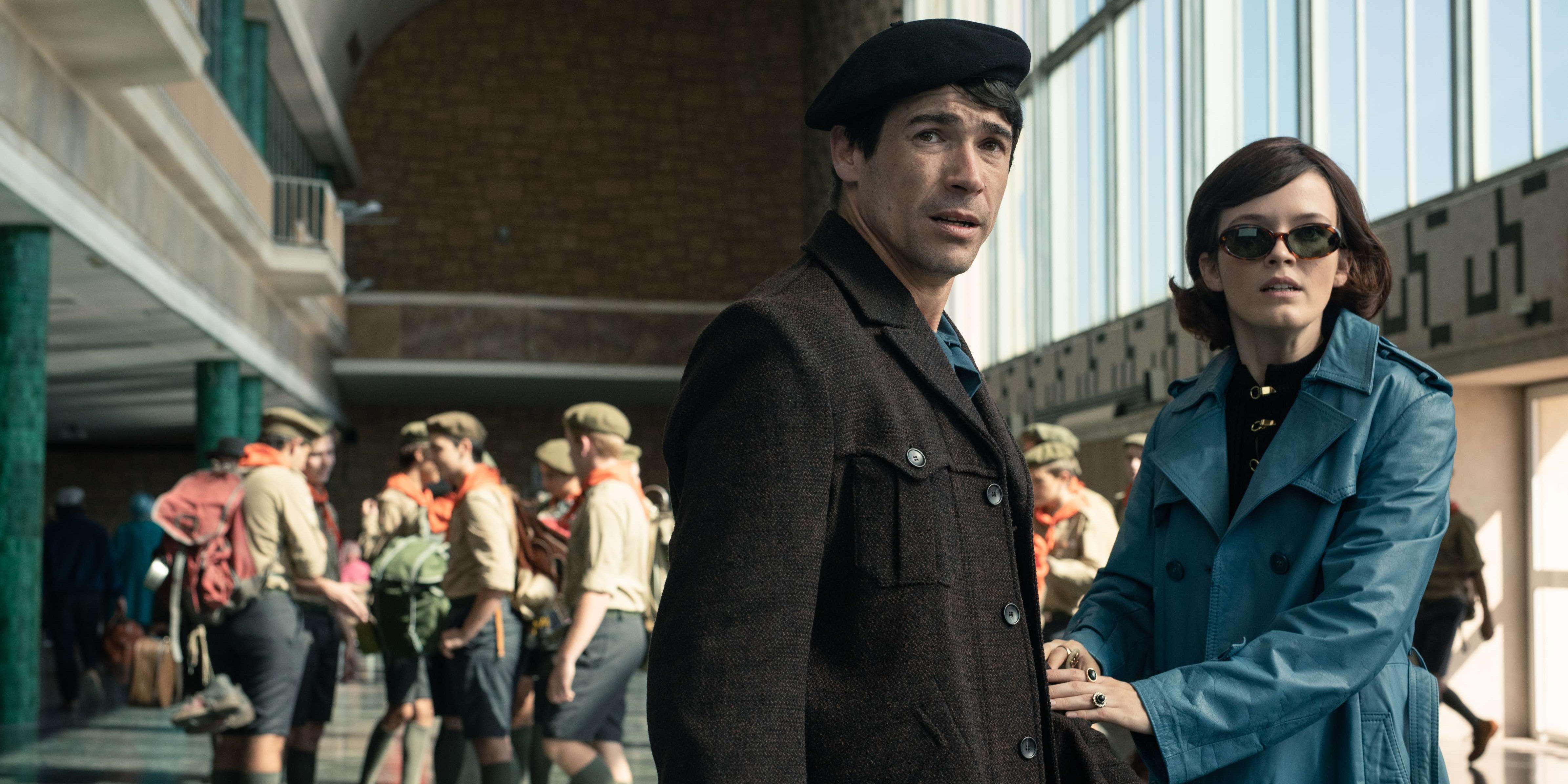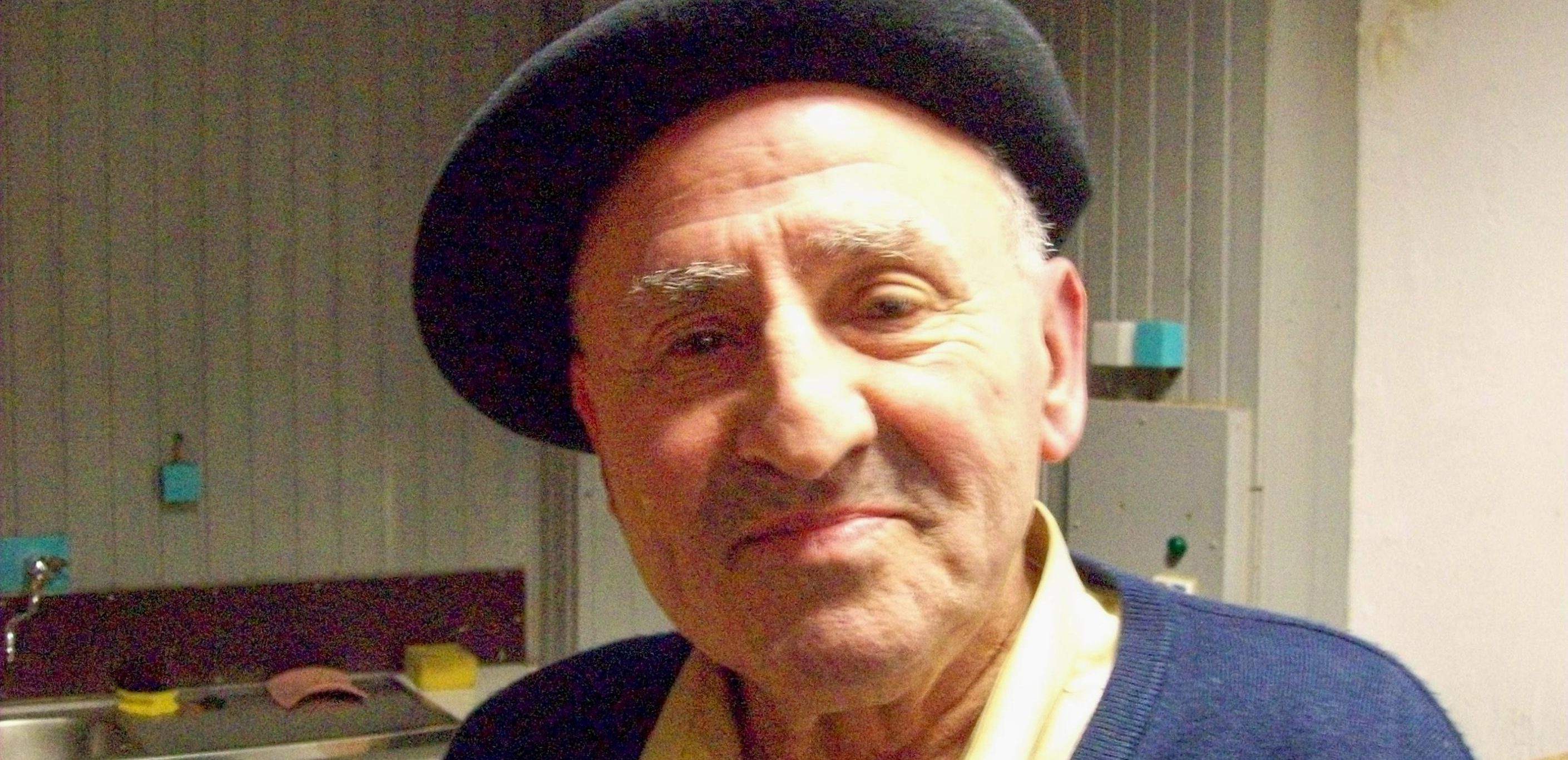Originally titled ‘Un Hombre de Acción,’ Netflix’s Spanish crime film ‘A Man of Action’ follows the life of Lucio Urtubia, a Spanish army officer who ends up in Paris after getting accused of smuggling. Starting a new chapter of his life as a bricklayer, he gets attracted to anarchist ideas and notions, which leads him to an anarchist group.
The ideology inspires Lucio to wage war against banks, which are nothing but institutions of injustice in his eyes. Hence, he robs the First National City Bank branches using fake traveler’s cheques and astounds French law enforcement and the American banking giant. Intrigued by the Javier Ruiz Caldera directorial, we have found out whether Lucio’s life and actions are inspired by a true story. Here’s everything you need to know about the same!
A Man of Action: Inspired by the Life of Lucio Urtubia
Yes, ‘A Man of Action’ is based on a true story. It is a biographical film that revolves around the life of Lucio Urtubia, who was exiled to France in 1954 upon getting reportedly accused of smuggling on the Spanish-French border as a military officer. In Paris, he restarted his life as a bricklayer, a profession which led him to the Libertarian Youth of the Fédération Anarchiste, an anarchist organization. Soon, Lucio became heavily involved in the organization’s activities and became an anarchist.

After Lucio’s association with the anarchist organization, as per reports, he was asked to hide an anarchist named Quico Sabaté. As per reports and as seen in the film, the latter introduced him to several members and families associated with the revolutionary cause, especially those who had connections with CNT, a confederation of anarchist unions. To financially help the same, Lucio robbed several banks. The money he garnered from robberies was often used to strengthen the anarchist cause.
After the robberies, Lucio’s attention turned to producing counterfeit money. He aspired to use it to destroy capitalist societies and even reportedly met Che Guevara in 1962. Lucio changed his plans when his aspirations didn’t lead him anywhere. After counterfeiting, he realized he could bring down a prominent American bank using forged traveler’s cheques. Lucio targeted the First National City Bank, presently known as Citibank, by producing two lakhs of traveler’s cheques that had a value of $100 each.
Reports state that Lucio used the money to fund guerrilla movements across Latin America and Europe, specifically, such as Tupamaros in Uruguay, Montoneros in Argentina, etc. Soon, Lucio started to be known as the Spanish “Robin Hood,” “El Zorro Vasco” (“the Basque Fox”), and “El Bandido Bueno” (“the Good Bandit”). When the First National City Bank got severely affected due to his forged traveler’s cheques, he became one of the most wanted criminals in the country.

Several agencies, including the CIA, issued warrants against Lucio. He was captured and imprisoned for six months after being convicted of forgery. However, Lucio wasn’t ready to spend much of his life in prison. He threatened the First National City Bank by making it clear that the forged traveler’s cheques would continue harming the institution’s finances if they didn’t reach an agreement with him.
Rather than choosing to witness Lucio’s imprisonment, the First National City Bank reached an agreement with him out of the court to put an end to the consequential predicament. The bank paid him “a lot of money” for the “tools” he used to produce the cheques. Even after gaining the money, Lucio continued his efforts to propagate the ideology of anarchism. Till his death, he believed he did the right thing for the sake of people who suffered injustice. To reiterate, ‘A Man of Action’ is an authentic portrayal of Lucio’s life and times.
Read More: Where Was Netflix’s A Man of Action Filmed?


You must be logged in to post a comment.